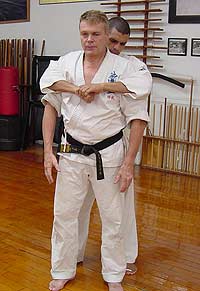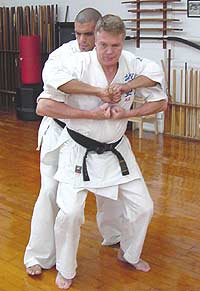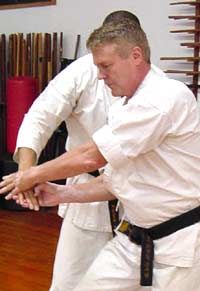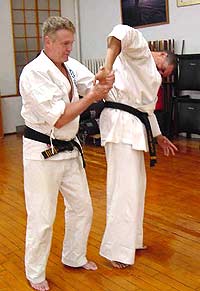

Originally Posted by
GoktimusPrime

That would work too, but dropping onto the vertebrae is easier IMO and harder to counter. If you were to try to knee someone in the face or sternum while they were bobbing under your punch it's not that hard for them to block it - blocking a downward strike to your back while you're leaning forward - I don't see how that's even possible. You'd be better off just tackling/charging the other guy rather than trying to block.
Yeah kneeing is easier to block, but you really have to be focused to block it since you are trying to move almost all your body at once in reaction to another person.
Blocking your neck when under a person is nigh impossible, and even if it's only a hyper-active 6 year old, if they get an elbow your neck it really hurts!
Hell go for the win, knee to the sternum and a blow to the neck simultaneously!
Looking For: Wreckers Saga TPB Collection (with Requiem)
Originally Posted by i_amtrunks








 Reply With Quote
Reply With Quote









